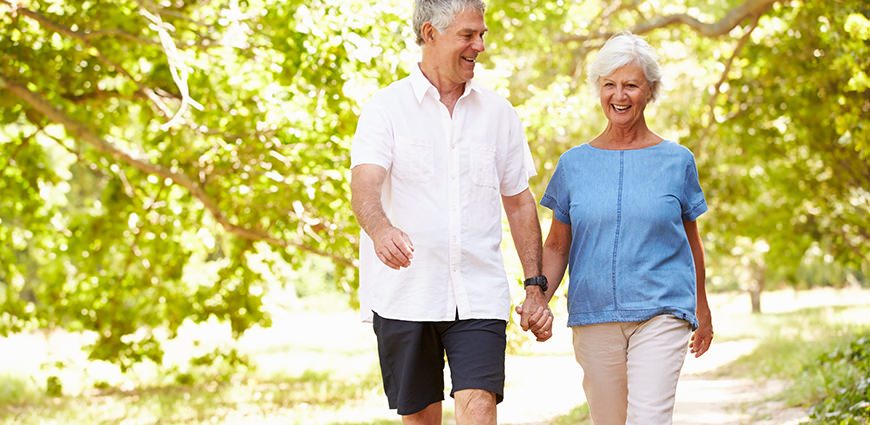Regular aerobic workouts increase the size of the brain’s memory area in older women and may help slow the progression of dementia, according to a small new study.
It included 86 women, aged 70 to 80, who had mild memory problems, also known as “mild cognitive impairment,” which researchers say is a common risk factor for dementia. The women also underwent MRIs to assess the size of their hippocampus, the part of the brain involved in verbal memory and learning.
The study, conducted by Teresa Liu-Ambrose and her colleagues at the physical therapy department of the University of British Columbia in Vancouver, was published online April 8 in the British Journal of Sports Medicine.
For six months, the women did twice weekly hour-long sessions of either aerobic exercise (brisk walking); resistance training such as weights, lunges and squats, or balance and muscle toning exercises.
Twenty-nine of the women had their hippocampus size checked again after completing these exercise programs. Those who did the full six months of aerobic training showed significant enlargement of the hippocampus, but this change did not occur in those from the other groups, according to a journal news release.
However, there was some indication that the increase in hippocampus size was associated with poorer verbal memory, the researchers reported.
This suggests that the link between brain volume and mental abilities is complex and requires more research, the authors said. While the study found an association between aerobic exercise and hippocampus size, it did not establish a cause-and-effect relationship.
However, the authors said that the findings do indicate that aerobic exercise does slow the shrinkage of the hippocampus in women who are at risk of developing dementia. They recommended regular aerobic exercise to keep mild cognitive impairment at bay.
A new case of dementia is diagnosed worldwide every four seconds, and the number of people with dementia is expected to rise to more than 115 million by 2050, according to the researchers.
source: British Journal of Sports Medicine, news release, April 8, 2014





